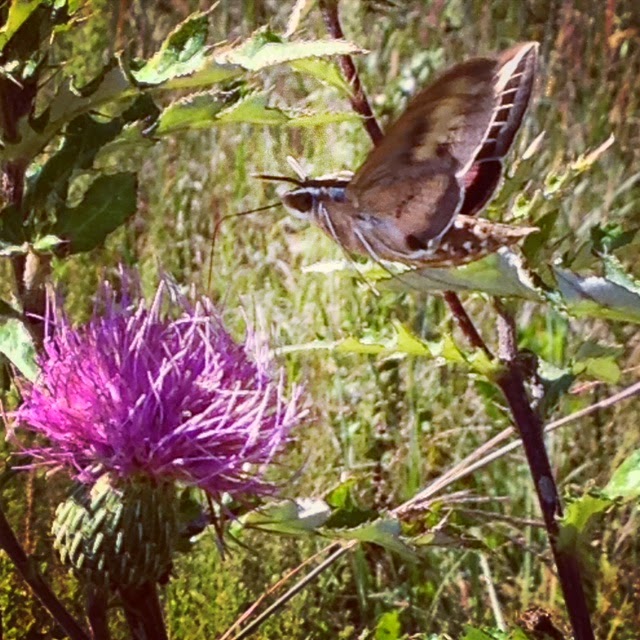 |
| Aedes aegypti, wiki [8] |
I fell down the
google rabbit hole in a big way earlier today. I was digging around, looking
for info on the chemical composition of some of my favorite scents from
childhood. I wasn't doing this idly- essential oil companies sell these
compounds. My though was this: wouldn't it be nice to blend a fragrance that
captures where I grew up?
 |
| Sweetgum Range, from wiki [6] |
The aromas of a
southern childhood that I settled on were forest soil, cedar, tomato leaves,
gardenia, maple syrup, wet dog, and the fragrant terpenes from sweet gum (Liquidambar styraciflua) and spicebush (Lindera benzoin). Most of these were
pretty easy to find. Oakmoss and vetiver conjure a forest floor, two varieties
of cedarwood oil are manufactured in Texas alone, a tomato leaf accord is a
popular perfume top note, blended jasmine and honey smells similar to gardenia,
immortelle flower smells of maple syrup, costus of wet dog, etc etc. In fact, the
resin of sweet gum’s Chinese cousin, also in the family Liquidambar, is a perfume staple. It is sometimes referred to as a
variety of ‘styrax’.
Spicebush was the
only fragrance without an obvious analog. Its crushed leaves smell of fresh citrus
and camphoraceous cloves (like a hot toddy!). This lovely odor is referenced in
its species epithet- ‘benzoin’. Derived from the the resin of trees in the genus Styrax, benzoin is another staple in perfumery.
It smells of vanilla, warm powder, and musk. Spicebush was used by early
American colonists as a substitute for allspice, and native peoples used it as
a panacea, marinade, and fragrant tea. The spicebush swallowtail relies on spicebush as
its only larval food source. It is also a preferred food of the gorgeous promethea silkmoths, and its bright red
berries are a treat for the birds.















